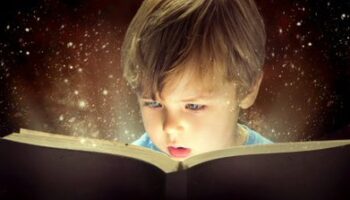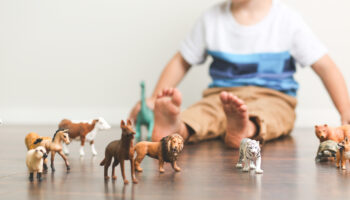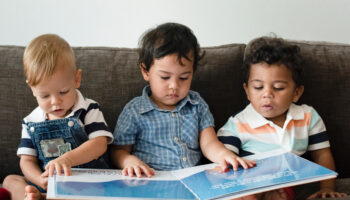By Angel Avery-Wright
The learning of math/numbers should begin very early in life. Math for infants and toddlers should be introduced informally and naturally as opportunities come up. There are many toys for young children that relate to math.
When children use toys, staff should sometimes talk about math attributes such as shape, size, or numbers on the toys as a part of the natural talking they do with children.
Math is learned in meaningful context when teachers count with children during daily routines such as diapering or mealtimes. Singing songs and chanting rhymes is a way to help children learn to count.
Math is already part of the daily routine. One just must acknowledge it and use it. When parents arrive in the morning and share information with you about how their child ate or slept, take that information and use it with the infants and toddlers. “You drank 8 ounces of formula for breakfast! That was a big breakfast.” “You drank 4 ounces two hours ago. You will be hungry again soon.” You slept 6 hours last night. I think that was a little.”
Whenever possible, add math to the daily routines. Tell the infants that you are mixing 8 ounces of water and two tablespoons of formula to make a bottle. Discuss shapes during meals and snacks. Slices of tomatoes or cucumbers are circles. Crackers come in circles and squares. Sandwiches often have round cheeses and square lunch meat.
Do you include math in your display? Are their photos of shapes and numbers and what those numbers mean in terms of how many is that? When talking to children about display, add math. This shows 5 little monkeys. Let’s count them.
Music is a great way to add math. Songs that include numbers such as “Five Little Monkeys” and “One, Two, Buckle my Shoe” are great examples of math songs and finger plays. These can be used during transitions, during mealtimes or as a free play activity.
Plan simple math activities to be included. For toddlers, have materials such as puzzles, cash registers, phones, shape sorters, blocks of various shapes, etc. But make sure math talk provides an understanding of what these items mean.
Picture books that count or show shapes or size comparisons can be read to the children regularly.
Math can be taught early but informally. Infants and toddlers can be exposed to math words and concepts so that when it is time to formally learn math, the foundation is already there.




